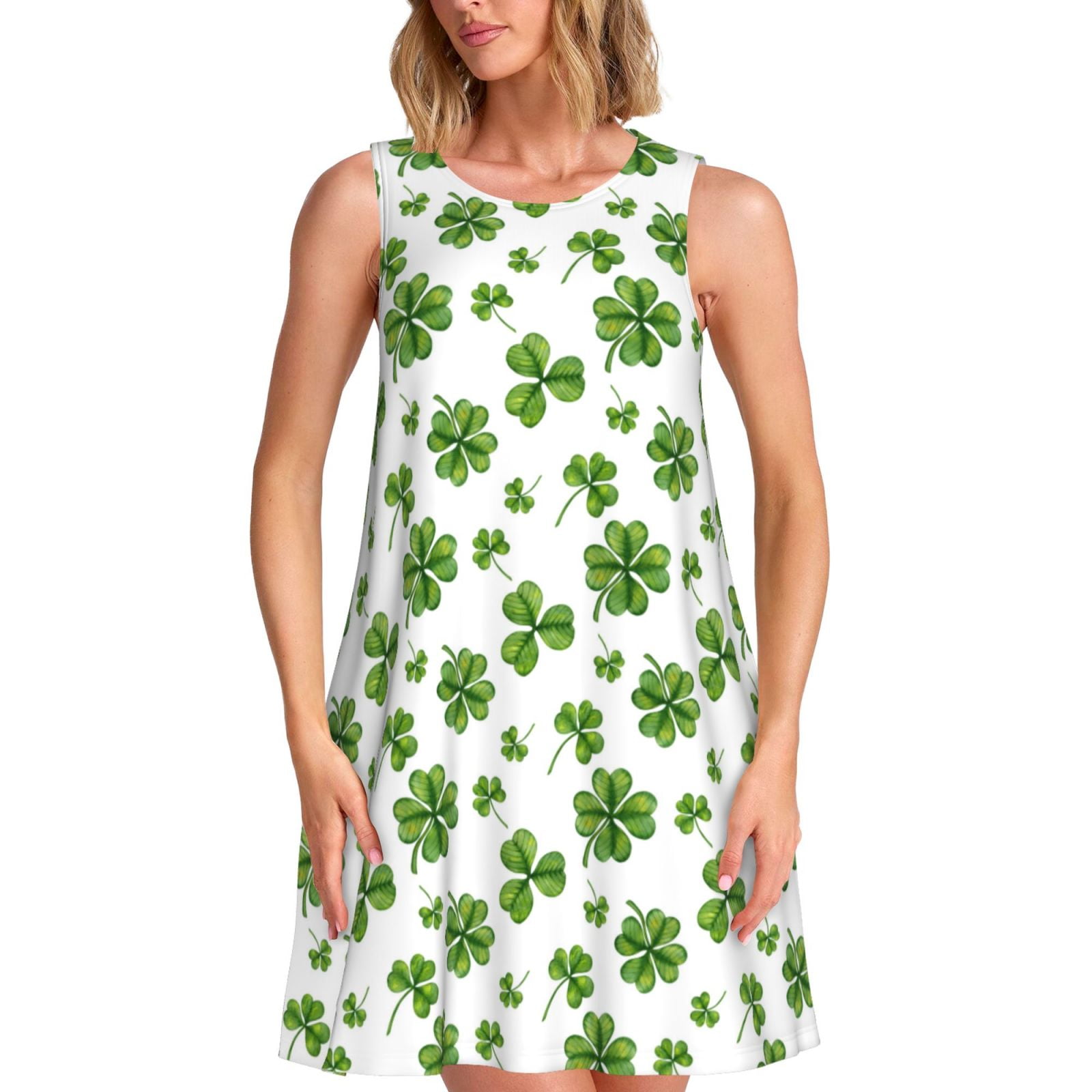Gallery
Photos from events, contest for the best costume, videos from master classes.
 |  |
 |  |
 |  |
 |  |
 |  |
 |  |
🍀 St. Patrick died in the 5th century. However, St. Patrick’s Day did not become popular until the 17th century! Before you go, here are more popular blog posts: St. Patrick’s Day Poems for Kids. 10 St. Patrick’s Day Books for Kids Under $10. 76 Free Spring Activities for Kids. St Patricks Day Facts for Kids Every year, people all over the world enjoy wearing green, going to parades, and celebrating St. Patrick’s Day—but what is this holiday really all about? More than just a day for fun, there is a lot of meaning behind the annual observance. Here are some St. Patrick’s Day facts to share with students in the classroom. The largest St. Patrick’s Day parade outside of the U.S. and Ireland is held in Montreal, Canada. Moscow, Russia, has celebrated St. Patrick’s Day with a parade since 1992. St. Patrick’s Day became an official holiday in Ireland in 1903. Waterford, Ireland, held the first documented St. Patrick’s Day parade in Ireland in 1903. St. Patrick’s Day Books. Keep the fun going with these must-read St. Patrick’s Day books. There are so many benefits to reading aloud to kids. It’s even been found that reading books to toddlers can help build their empathy, aiding in social-emotional development. Here are some must-read St. Patrick’s Day books for kids: 10 st Patrick’s Day Fun Facts for kids. St. Patrick wasn’t Irish – he was originally from Britain! The original color associated with St. Patrick’s Day was blue, not green. Shamrocks are an important symbol of luck because St. Patrick used them to explain the Holy Trinity. The largest St. Patrick’s Day parade takes place in New York St. Patrick's Day parades in Ireland began in the late 19th century. A growing sense of nationalism during that time inspired the celebrations.. Because of the importance of the day, the celebrations in Dublin have, since 1996, been extended to a week-long event called St. Patrick's Festival. Every year, St. Patrick’s Day is celebrated on March 17th. St. Patrick’s Day is a fun-filled day of wearing green parades and traditions to celebrate Irish heritage and culture. Find out why we celebrate St. Patrick’s Day and Saint Patrick with these fun St. Patrick’s Day Facts for Kids. St. Patrick was a real person, but some of the traditions associated with him and the holiday are actually myths. For instance, you’ll often see the four-leaf clover on St. Patrick’s Day. However, according to legend, Patrick used a three-leaf clover, or shamrock, as part of his teachings. Even though it's possible for a shamrock to grow a Delve into the vibrant world of St. Patrick’s Day with this collection of 40 fun and educational facts specifically tailored for kids. As teachers, I’m sure you understand the importance of making learning interactive and enjoyable. Below, we intend to do just that by providing unique insights into the history, traditions, and global impact of The first St. Patrick’s Day celebration was in 1601 in Florida. Recorded long before the American Revolution, this celebration marks the early presence of Irish culture in North America. 14. The White House fountain is dyed green for St. Patrick’s Day. Our St Patrick Facts For Kids are perfect for learning the history and traditions of Saint Patrick’s Day. This list of facts has the full lowdown on Saint Patrick, Pots of Gold, Shamrocks, Leprechauns and more. Check out fact 3 you won’t believe it! St Patrick’s day is a global celebration, of Irish culture on or around March 17. Make sure to include these surprising St.Patrick’s Day facts for kids in your conversations to give your students a quick download on St. Patrick’s day. Here are some riveting random St. Patrick’s Day Fun Facts for kids & adults that will stupefy everyone! 1. Saint Patrick’s real name was Maewyn Succat. Here are some St. Patrick’s Day facts to share with students in the classroom. Some of these might surprise you! Our Favorite St. Patrick’s Day Facts Saint Patrick’s Day is on March 17. The annual holiday coincides with the traditional date when St. Patrick’s death is observed. St. Patrick wasn’t even Irish! St. Patrick’s Day Facts for Kids . St. Patrick played an essential role in bringing Christianity to Ireland and is honored on St. Patrick’s Day. Although this holiday may have started as a religious festival, St. Patrick’s Day later evolved into a secular holiday observed worldwide, including by the Irish diaspora in many nations. March 17th is the day of green, shamrocks, and leprechauns. But St. Patrick's Day is so much more than a color, and the many symbols have deeper meaning. Explore these cool facts about St. Patrick This 17th March, make sure to take a deep dive into St. Patrick’s day history with kids. Learn about the patron saint of Ireland, origins of St. Patrick’s day parade and discover how leprechauns came to be associated with green day. 3. St.Patrick’s Day Unscramble. Get your kids exercising their brains with this Paddy day themed Unscramble. To make learning more enjoyable, here are some fun facts about St Patrick’s Day that will engage and entertain children. St Patrick’s Day falls on March 17th every year. America’s first St Patrick’s Day parade occurred in Boston in 1737. The St Patrick’s Day parade in New York City began in 1762. For more St. Patrick’s Day activities, check out these festive printables and games: St. Patrick’s Day Word Search Printable – A fun and challenging word puzzle with a St. Patrick’s Day theme. St. Patrick’s Day Facts for Kids – Learn interesting and fun facts about St. Patrick’s Day. 9 surprising facts about St. Patrick's Day Toggle header content. News. as they help her make care packages for foster kids in the community. Teodora Mitov reports. Free St. Patrick’s Day Printables. Right now, We have 7 St. Patrick’s Day printables on the blog. We’ll be adding more every year, so make sure you pin this blog to visit again. Click on the title to visit the respective blog and download your FREE printable. I Spy St. Patrick’s Day Printable
Articles and news, personal stories, interviews with experts.
Photos from events, contest for the best costume, videos from master classes.
 |  |
 |  |
 |  |
 |  |
 |  |
 |  |